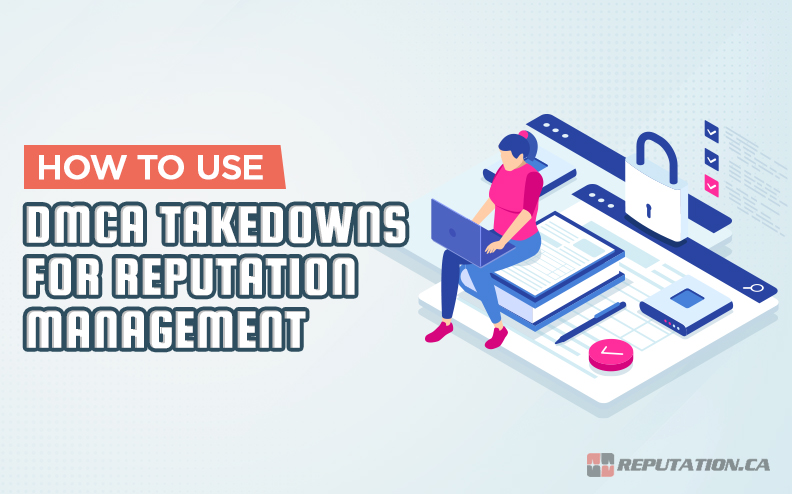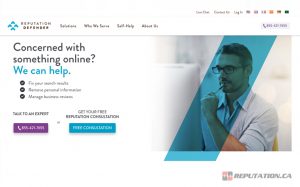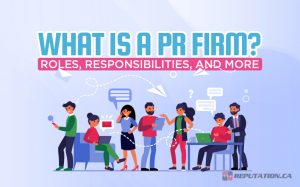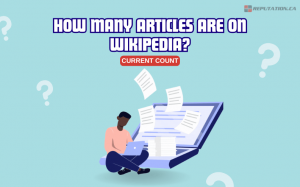In the world of online reputation management, there are dozens of different techniques used by individuals, businesses, reputation firms, PR firms, and more. Many of these techniques are traditional, using the old-fashioned tools of word of mouth, reviews, testimonials, and convincing copy to sway public opinion. Others require more modern tools and platforms, like online review sites, SEO, and sponsored content.
Some make use of tools and techniques that are, shall we say, less savory. A few reach borderline illegal territory, many are immoral, and some are just shady. For obvious reasons, legitimate reputation management firms like ours stay away from these techniques.
One such borderline technique is the use of DMCA takedown requests for reputation management. This is a tricky and nuanced subject, so we’re going to go in-depth about it, how it works, and why it might be best avoided.
What’s the DMCA?
First of all, let’s start at the beginning. What is the DMCA?
The DMCA is the Digital Millennium Copyright Act. It is an amendment to the United States copyright and intellectual property rights law, initially passed in 1998 to attempt to update ten-antiquated intellectual property rights to account for such new technology as “computers.” The internet, in general, changed the face of intellectual property, and the law needed to catch up.
Of course, today, 24 years later, the law has been amended further and still lags behind the current state of digital rights, rights management, and intellectual property. But, it’s still doing the best it can when it’s developed by people who themselves may not fully understand the technologies involved.
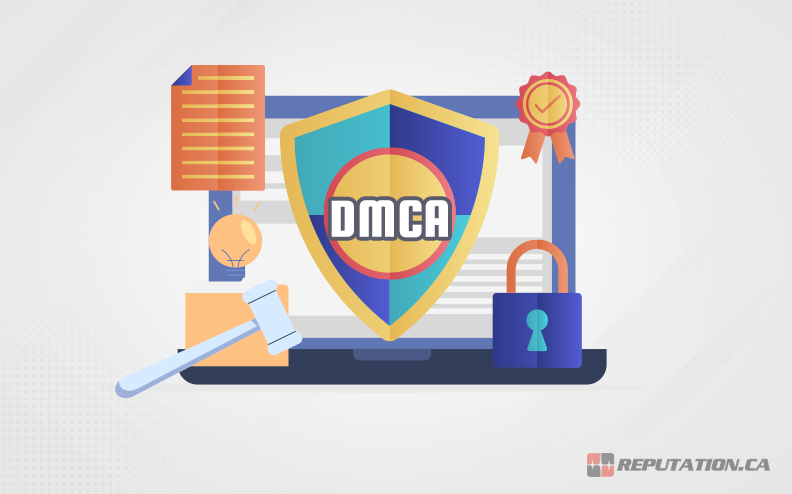
“In 1998, Congress passed the Digital Millennium Copyright Act (DMCA), which amended U.S. copyright law to address important parts of the relationship between copyright and the internet. The three main updates were: (1) establishing protections for online service providers in certain situations if their users engage in copyright infringement, including by creating the notice-and-takedown system, which allows copyright owners to inform online service providers about infringing material so it can be taken down; (2) encouraging copyright owners to give greater access to their works in digital formats by providing them with legal protections against unauthorized access to their works (for example, hacking passwords or circumventing encryption); and (3) making it unlawful to provide false copyright management information (for example, names of authors and copyright owners, titles of works) or to remove or alter that type of information in certain circumstances.” – Copyright.gov
The DMCA is the most widely-cited piece of common copyright law, but it’s largely limited to the United States. It’s globally relevant, however, because it concerns intellectual property registered in the United States, not violated in the United States.
Canada has similar legislation as part of the Copyright Act, called the Copyright Modernization Act of Canada. It offers many of the same protections and processes, though the actual means of issuing a takedown is somewhat different.
What is a DMCA Takedown?
A DMCA takedown request is a legal letter. It lays out a legal case, involving a few key aspects of intellectual property.
- Screenshots of copyright infringement.
- Information relating to the infringing party and the copyright holder.
- Proof of copyright registration, where applicable.
The letter is sent as a formal notice of an intent to take action. It may be sent to the infringing party directly or to the ISP or web host holding the content online. It is considered a “legal threat” in that it is a prelude to further legal action. If the infringing party does not take down the infringing content, the copyright holder can then sue to have it taken down and to obtain damages.
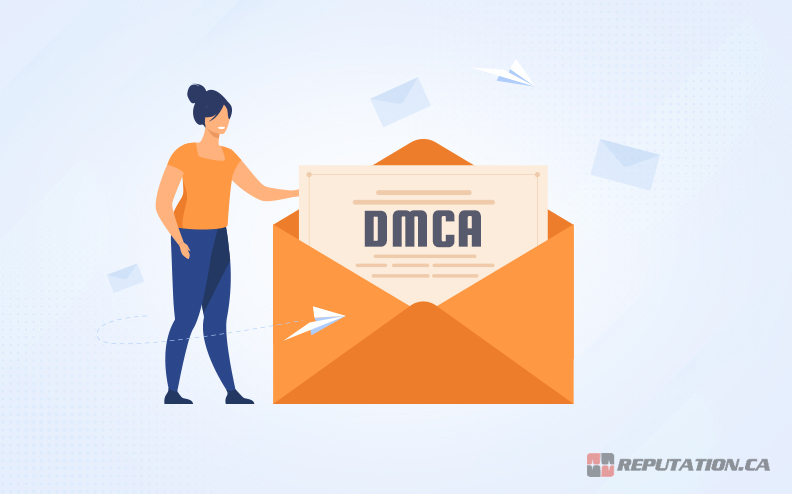
99% of the time, the web host, ISP, or website owner will take down the infringing content. DMCAs can also be used to ask Google to take down search results that list copyright violating content.
How do People Use DMCA Takedowns for Reputation Management?
The proper use for a DMCA takedown is to remove illegally-uploaded versions of copyrighted content. For example, if you write a book, and some site starts hosting the book for others to download and read, they are violating your intellectual property rights. You can file a DMCA takedown to have their version of the book taken down.
There’s a lot of nuance to copyright laws, however, and they aren’t always intuitive. Copyright violations are actually a lot more restrictive than many people realize. Moreover, few people understand the burden of fair use proof, the intricacies of copyright law, or the steep requirements necessary to prosecute or defend against copyright violations.
In fact, many people – ISPs and businesses included – react to a DMCA by taking down the content first and asking questions later. After all, if the violation is real and the content remains up, penalties can be made much steeper.
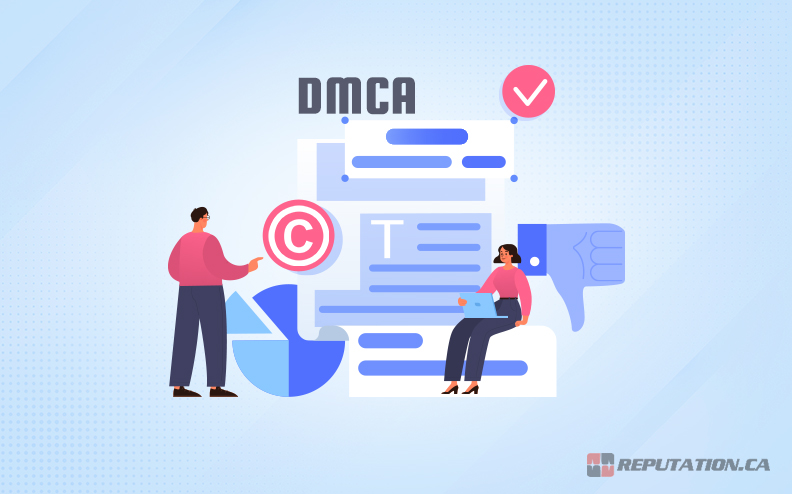
This fact has been weaponized by many people, including unethical legal practices, businesses presenting themselves as legal entities, and unscrupulous reputation managers. They use DMCA threat letters to get information taken down, even when there’s no intellectual property right being violated and the content being targeted isn’t subject to their threat.
A more advanced version of the technique involves the unscrupulous manager creating webpages with a copy of the supposedly-infringing content, backdated to appear as if it was published before the infringing content, and used as a justification to issue a takedown notice. To an entity (like YouTube, or an ISP, or a web host) that doesn’t put a lot of thought into taking down content, this can be effective at tricking them into removing non-violating content.
Of course, not everyone bothers with such an advanced technique. YouTube, in particular, is plagued with false DMCAs, where a company issues a DMCA takedown on content even if that content has no violations in it, or the content is clearly fair use, or even if the entity issuing the takedown doesn’t have a valid copyright in the first place. YouTube is, in fact, one of the worst platforms for fraudulent claims on the internet.
This is, in general, how NOT to use the DMCA.
How to Properly Use a DMCA Takedown
The DMCA is much more limited than many people realize, but that doesn’t mean it’s useless for reputation management. It just means the reputation you’re protecting is that of your intellectual property.
Step 1: Identify violations of intellectual property rights.
Before you can begin the process, you must first identify actual violations of your intellectual property rights. Examples of violations include:
- Your music, video, or text content is copied in whole or in significant part with little or no alteration or commentary.
- Your photographs or image content is used without your permission.
- Your textual content is used in bulk without attribution (i.e., not a block quote).
- Use of your media in composite media, such as using your music as a track for a video without permission.

On the other hand, some common uses of media are not actually violations, such as:
- Sampling a small amount of music and using it in a remix.
- Taking an excerpt of a book to provide context for a more in-depth review or commentary.
- Showing a segment of a video to then comment on it.
- Embedding a video in a post commenting on it.
Some of these can be considered violations in certain contexts and not in others. Using fair use as a defense is tricky and requires a copyright lawyer to handle effectively. However, fair use does tend to protect more than many people think (or would have you believe). It can be worthwhile to consult with a copyright lawyer to see if you have a case here before proceeding.
Step 2: Compile evidence and documentation.
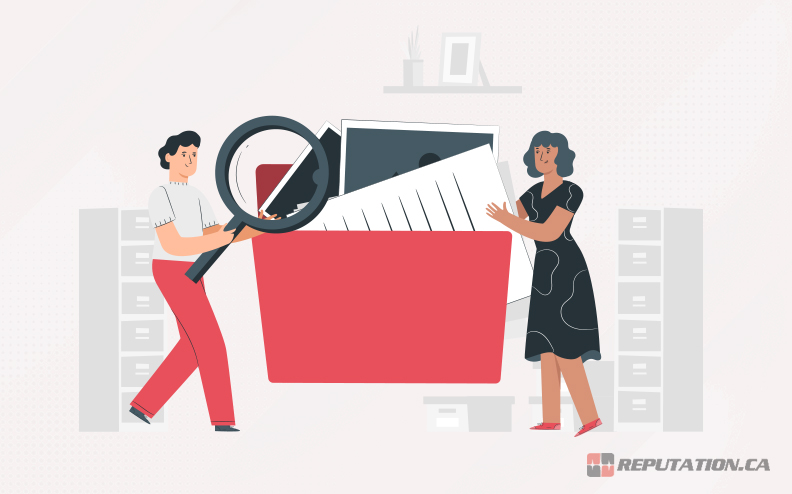
Relevant information for your claim includes:
- Documentation of the violating content, including screenshots, descriptions, URLs, and timestamps.
- Proof of registration of copyright, where applicable.
- Contact information for the parties involved (violator, ISP/host, you, etc.).
Essentially, everything you will need to file your claim and, if the claim is ignored, your lawsuit. Again, consulting with a copyright lawyer can give you an idea of what you need to have to file appropriately.
Step 3: Reach out to the site owner to get the content removed.
Once you have everything compiled, you should take the high road first. What do we mean?
Typically, the first part of a content removal process is to ask nicely. Companies and individuals who immediately resort to legal threats tend to build a negative reputation because of it. If you’re trying to build a reputation, making a legal threat your first contact can be aggressive and, if it’s a false claim, even worse for your reputation than doing nothing at all.

So, try asking nicely. Send the site owner, author, contributor, or whoever else can be identified as the individual in charge of the content a nicely-worded email asking them to remove the content. Proceed to the next step if, after a reasonable amount of time and a follow-up, they continue to ignore you.
Step 4: Reach out to the site host or ISP to get the content removed.
If the site owner refuses or ignores you when you ask them to remove violating content, the next step is typically to contact their web host, ISP, or other controlling business to ask the same thing. Usually, these businesses have their own contact forms specifically for copyright violations. You can think of these as a “soft DMCA,” in that they offer most of the same information, but through a contact form rather than a threat letter.

Some ISPs, particularly those based outside of North America, may intentionally ignore DMCA requests and can be quite hard to sue later. This is unfortunate, but they are not untouchable, just difficult to reach. Occasionally, you can also reach out to other providers, such as Amazon or Microsoft, for cloud services like AWS/Azure or Cloudflare, and file requests with them as well.
Step 5: Draft a DMCA takedown letter and send it.
If, after requests to any relevant agency, the violating content is still hosted and live, you can proceed to a DMCA threat letter. You may wish to consult with a lawyer to have this letter drafted or draft one on your own.
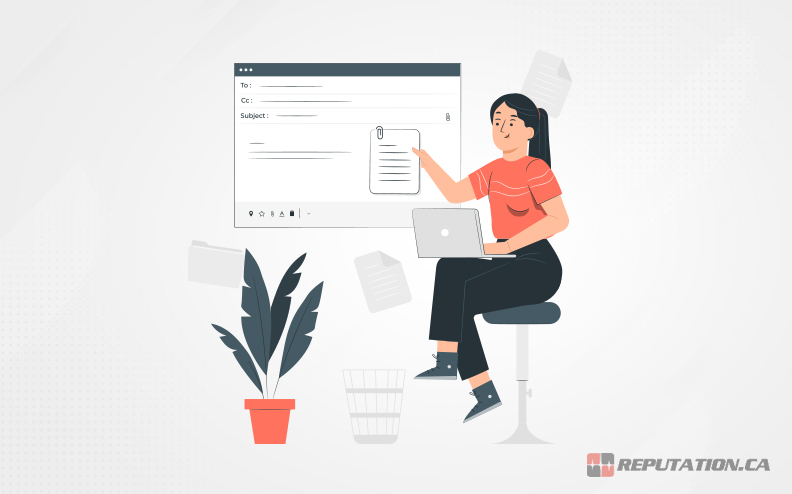
Typically, a DMCA threat letter is sent by both email and certified mail. The former for fast delivery, and the latter for verified delivery with proof. This may or may not be possible in all locations.
Step 6: Monitor for action, and if necessary, talk to a copyright lawyer.
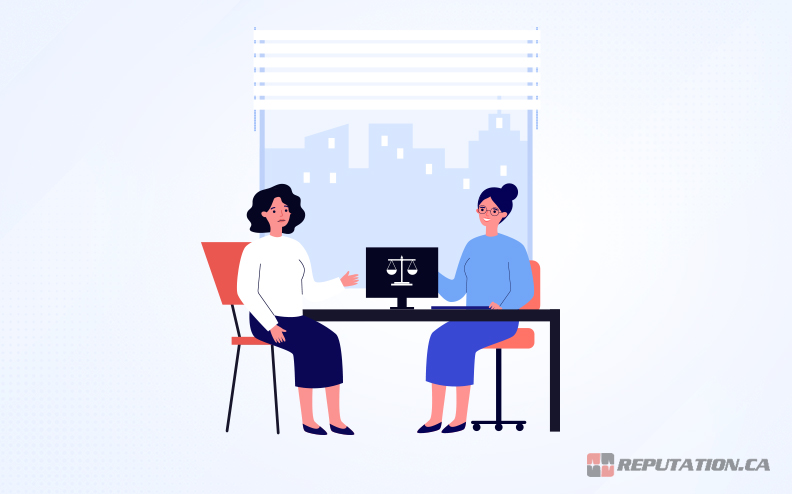
Now we reach the crux of the moment: do they remove the content after a proper legal threat? If so, good. If not, you may need to, again, consult a lawyer and proceed to an actual lawsuit.
What Might Happen When Using DMCA Improperly?
While the DMCA is a powerful tool, it is often misused. What penalties may exist for a misused DMCA?

Unfortunately, it depends on context. Some misuse, like on YouTube, seems to go largely unpunished, with only the most egregious violators having their DMCA access revoked. In other cases, the person targeted can counter-sue for damages. The penalties associated can be quite steep but vary depending on the case.
Should You Consider DMCA Takedowns for Reputation Management?
Knowing what you now know, should you submit a DMCA takedown to manage your reputation?
Unfortunately, generally, the answer is no. The DMCA can help you manage your intellectual property rights, but it can’t help you bolster your reputation outside of rare circumstances where copyright violation and defamation go hand in hand.

Instead, consider reaching out to a reputation management firm like us. We offer a variety of services for both individuals and businesses looking to improve their online and offline reputations. Whether you need to spruce up some reviews, build more positive content, fight review bombing, or handle other reputation issues, we can take up the case for you.
Have any questions regarding DMCA takedowns, our reputation management services, or anything similar? If so, please feel free to reach out and contact us at any time. We would love to be able to assist you or your business however we possibly can.
